How Much Should I Spend on a Sofa? Experts Reveal What You Can Expect for Your Money
Shopping for a new couch? Get the lowdown on cost vs quality

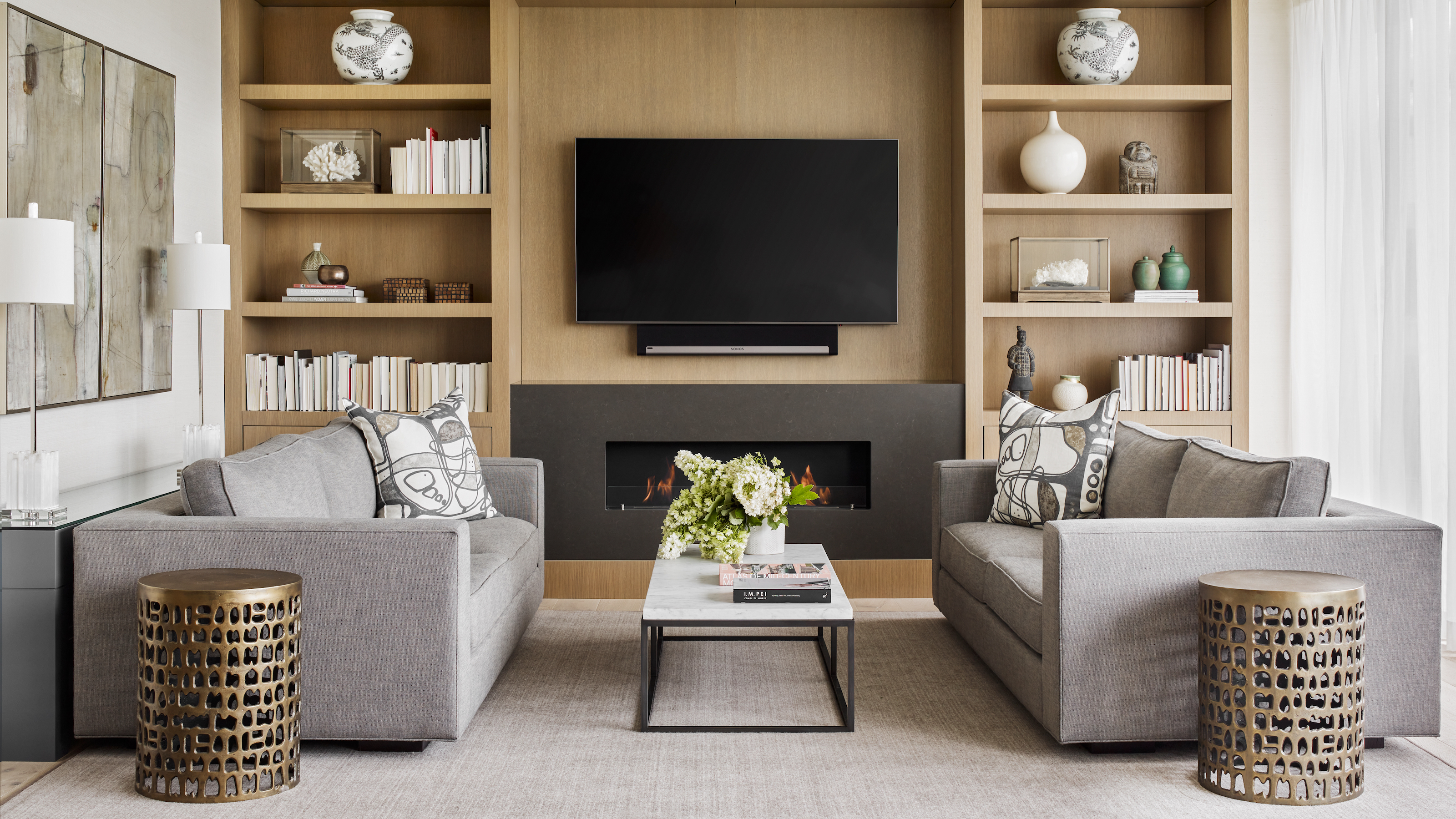
As the centerpiece of a living space, the sofa typically sees high use and is a purchase you aren't likely to be making again soon — hopefully. As such, how much should you spend to buy a sofa or couch? And, equally importantly, what quality level can you expect for your money?
The price for a good sofa can range from $500 to $5,000 and up, but how much you spend depends on how long you want your buy to last, retain its comfort level, and look good. In other words, quality counts as much as the price tag does. (Though it's important to note that the best sofas aren't always the ones that cost the most.)
To help you decide what to spend on a sofa we asked design experts to share their professional know-how on what specific budgets will get you. Here is what they told us.
Average couch costs
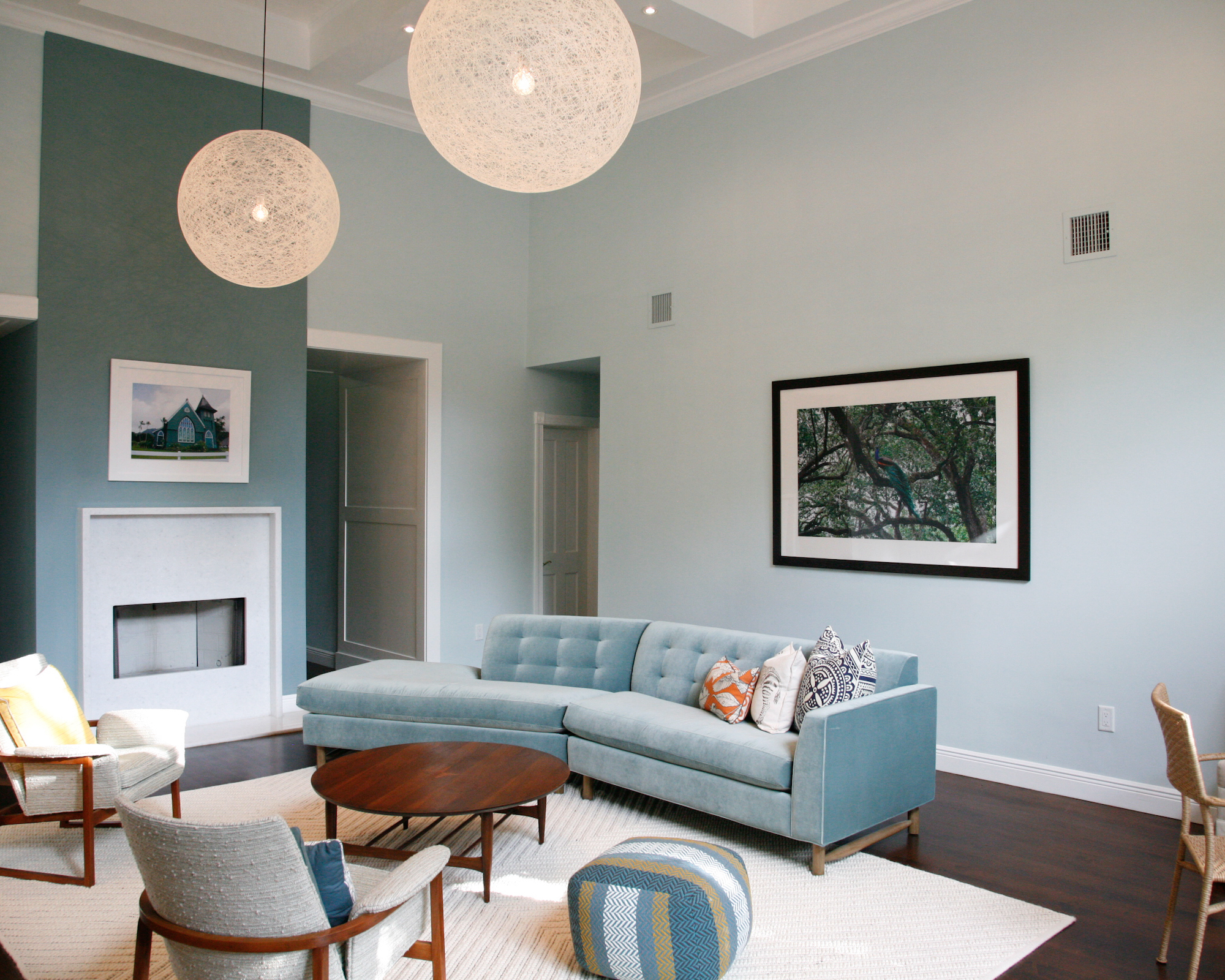
Couches and sofas are available at a large range of price points, from the budget level through mid-range choices to high-end designs.
“Budget sofas? You're looking at $500 to $1,500,” says Ruben Gutierrez of Errez Interior Design. “Mid-range sofas? You're climbing into the $1,500 to $3,500 zone.” And for the high-end designs? “You're playing in the $5,000 and up field,” he says.
- For budget sofas, consider Walmart, Wayfair, and Urban Outfitters
- Mid-range sofas include designs from West Elm, Pottery Barn, and Crate & Barrel
- High-end sofas include designer brands available on sites like Design Within Reach
Is an expensive couch better quality?
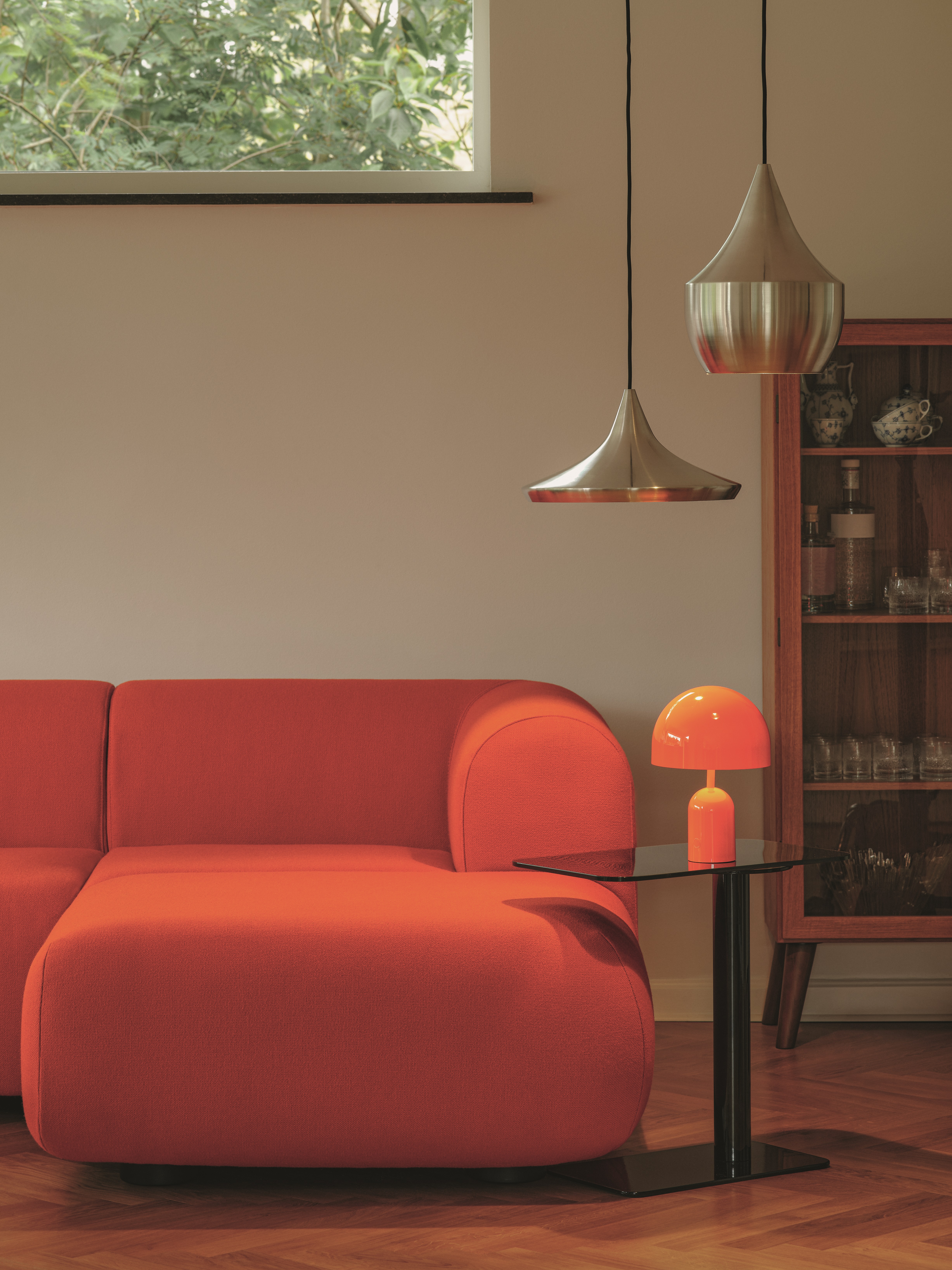
As we’ve noted, the cost of a living room sofa varies enormously, but is an expensive couch a better quality piece of furniture, or are you paying more for a name?
“So much depends on the manufacturer and materials that make up the sofa including the frame, how and where it is built, as well as if it is a fabric vs leather sofa,” explains Jenon Bailie, merchandising and design director at Room & Board.
The Livingetc newsletters are your inside source for what’s shaping interiors now - and what’s next. Discover trend forecasts, smart style ideas, and curated shopping inspiration that brings design to life. Subscribe today and stay ahead of the curve.
However, as a rule, spending on a mid-range sofa will give you a better quality, more durable design. “These are the workhorses; sofas that can handle real life without losing their shape after six months,” says Ruben. And a high-end sofa should be worth your investment in it. “You buy this because you want something that will age with you,” he says.
Is it worth spending out on an expensive couch?
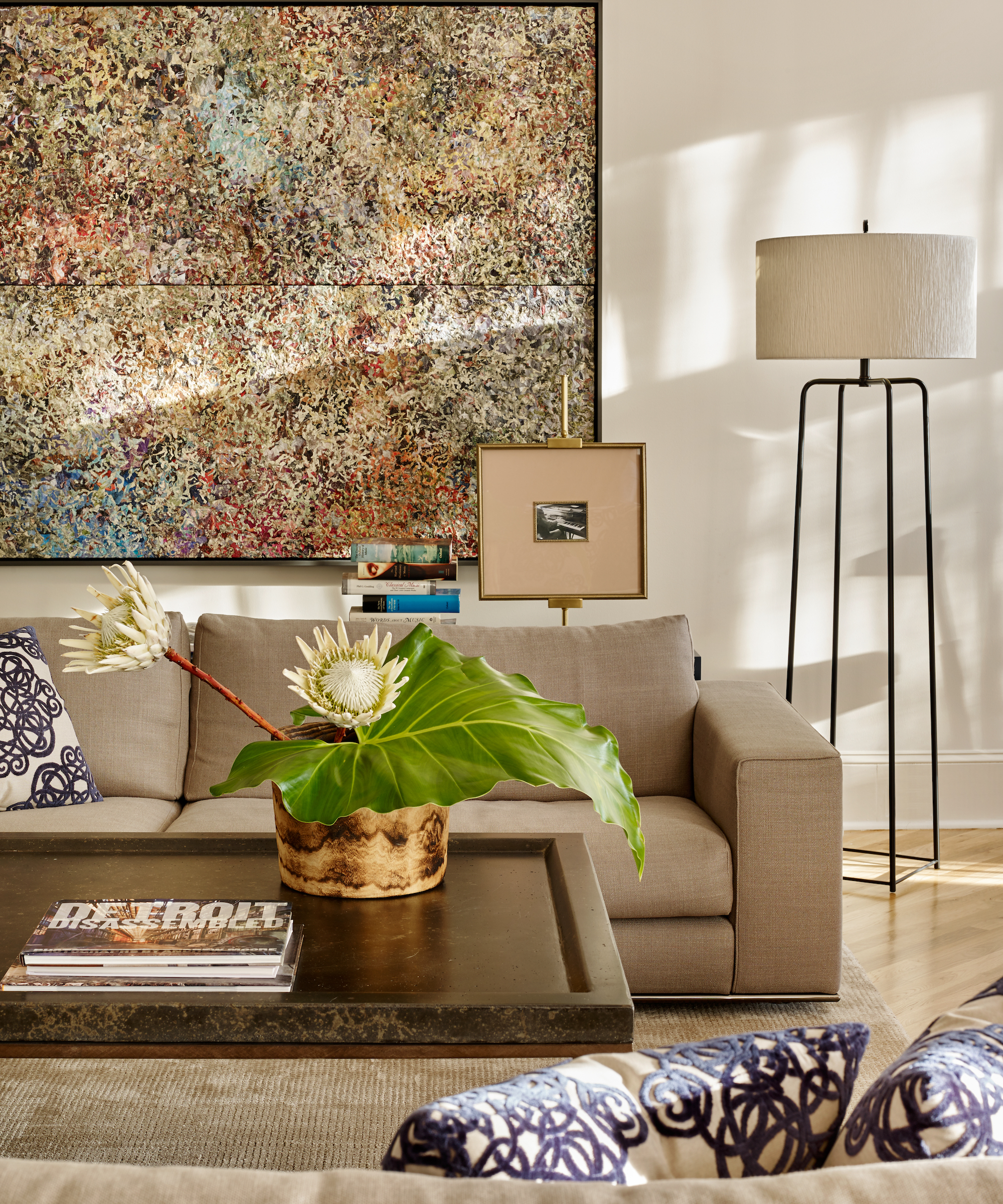
For comfort and a piece of furniture that lasts, designers agree that it is worth investing in an expensive couch.
“If you are ever going to splurge on anything for your home, it should be your main living room, TV-watching sofa,” says Janelle Patton, lead designer at Lark Interiors in Dallas, Texas. “There is a huge difference in the comfort level of a low-end vs high-end sofa.”
Ruben Gutierrez agrees. “A high-end sofa is about durability and comfort,” he says. “The difference is in the details – the solid frame, the perfect balance of firm and soft cushions, the kind of fabric that feels good to the touch. Sure, a budget sofa will save you a few bucks today, but you’ll end up replacing it every couple of years. Spend more, and you’re getting a sofa that becomes a part of your life.”
But it’s worth noting that much of what makes an expensive sofa worth it are elements you can’t see. “The big differences are inside the sofa, so it’s sometimes hard to tell what is quality and what is not,” says Mark Williams of Williams Papadopoulos Design. “How is the frame made, what kind of foam is used, how are all of the parts and pieces underneath the fabric assembled and attached to one another? These are all questions that determine how well the piece will wear over the long haul.”
Feather or down vs foam fill, or a blend of the two, is often a signifier of quality and expense, but ultimately may also break down to whether you prefer a firm or soft couch, too.
The takeaway? Check out the specifications of a design in which you’re interested.
How do designers break down their budget?
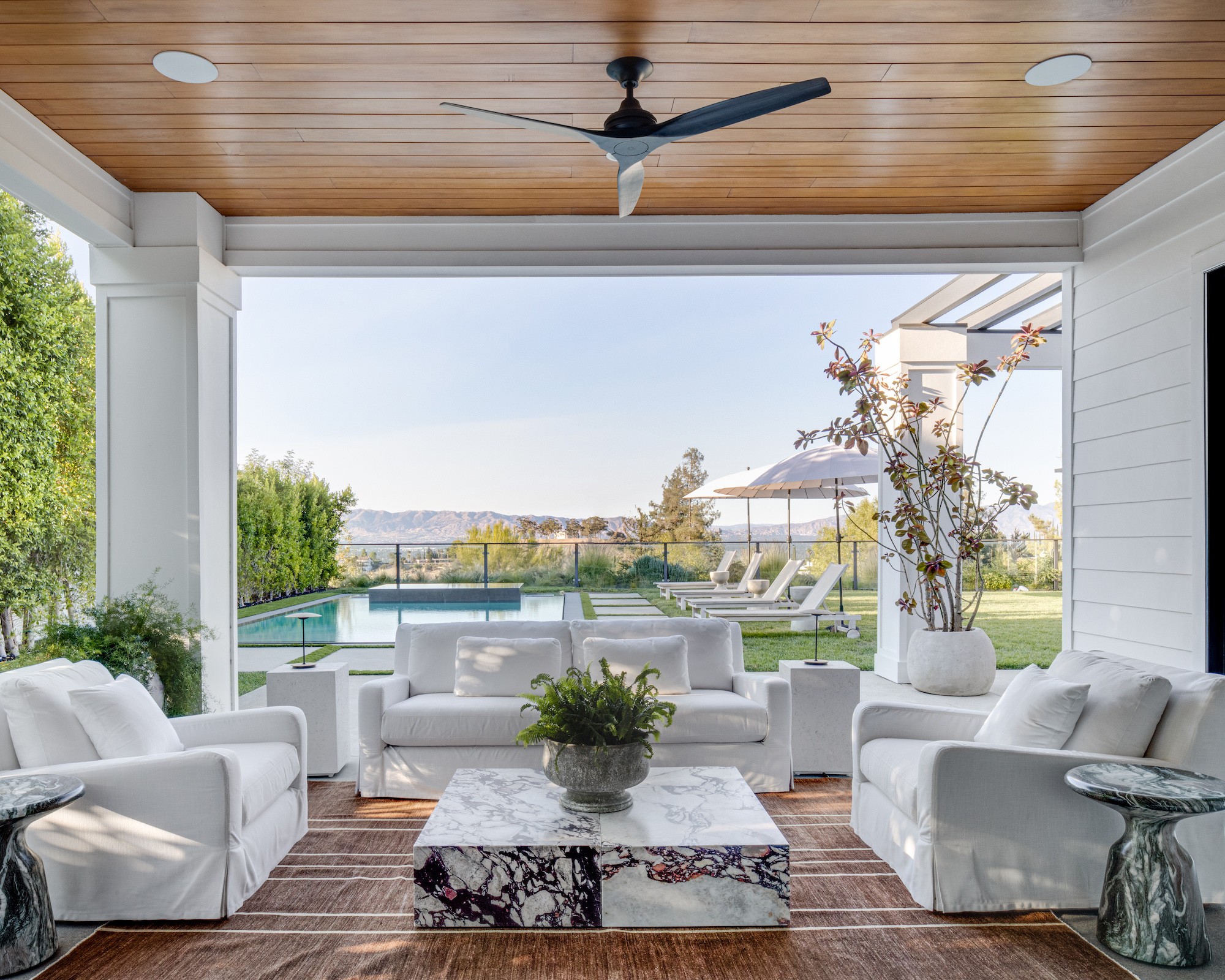
Designers recommend investing in a sofa that will provide long service and lasting comfort, and this is reflected in their budget breakdown.
“When I budget for a sofa in a project, it's simple: the sofa is the soul of the room,” says Ruben Gutierrez. “If it’s going to be the thing you collapse on after a long day, it better be comfortable. I’ll push for a bigger chunk of the budget to go here, especially if it’s a high-traffic area. A sofa that gets daily use? It’s worth spending more to get something that’s both durable and easy on the eyes. In less used spaces, I’ll pull back, focus on aesthetics, and maybe save some of that budget for other pieces. But I never recommend skimping where it matters. A bad sofa is worse than no sofa at all.”
Janelle Patton employs some math. “I like to think of it in terms of cost-per-use,” she says. “Spend the most money on the things you use the most. Almost everyone uses their sofa daily – so there’s a great cost-per-use return on your investment.”
The approach of Jess Diab of Jess Diab Studio is to focus on cost-effectiveness. “From the start of any design project, we educate our clients on how cost-effective we can be without starting to compromise the integrity of a piece so that they can make the best decision for their budget and priorities,” she says. “We always reference the ‘quality-time-cost triangle’. For example, you don’t need to break the bank in order to afford a custom sofa, but you will need to wait. Quality craftsmanship takes time, and made-to-order sofas range between 12 and 16 weeks.”
And Mark Williams advises that the sofa is one area where you shouldn’t pinch pennies. “We always work with budgets holistically, but we encourage our clients never to go cheap on flooring and upholstery,” he says. “Invest in those two areas to ensure your place looks great for a long time to come.”
Which factors affect sofa cost the most?

A number of different elements influence the sofa cost. “Fabric is a huge contributor,” says Janelle Patton. “A good performance fabric will cost more, but will also increase the long-term durability of a sofa.
“Sofas that have hardwood frames and eight-way-hand-tied springs are also more expensive, but much more durable than plywood frame options,” she adds.
The cost is also affected by the inclusion of adequate amounts of important materials, points out Jess Diab. “The quality of a sofa depends on a combination of inner coils, high-density foam, and feather-down or down-alternative wrapping,” she says. “These three material groups work together to provide support, comfort, and longevity, each one providing a specific function. For example, inner coils help maintain structure over time, while high-density foam provides lumbar support. The type of the foam and thickness of the foam used also influences overall firmness and longevity.”
Be mindful that design also has an influence. “When you’re looking at an avant-garde frame shape that’s a little fashion forward, a lot of time and prototyping has gone into researching methods to build that shape and construction technique to ensure that it’s comfortable,” explains Mark Williams.
“Typically it’s more bespoke makers working to stay ahead of trends and fashions of the day, and those bespoke makers typically use higher-end construction materials and methods that will add value and longevity to the lifetime of the piece. In addition, that research and development time costs money and design is hard work; the designers need to be compensated appropriately.”

Sarah is a freelance journalist and editor. Previously Executive Editor of Ideal Home, she’s specialized in interiors, property and gardens for over 25 years. She’s written for websites including Houzz, Channel 4’s flagship website, 4Homes, and Future’s T3; national newspapers including The Guardian; and brands including Future’s Homes & Gardens, Country Homes & Interiors, Homebuilding & Renovating, and Period Living, as well as House Beautiful, Good Homes, Grand Designs, Homes & Antiques, and The English Home among others. It’s no big surprise that she likes to put what she writes about into practice, and is a serial house renovator.